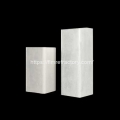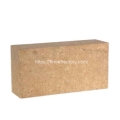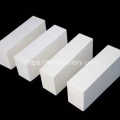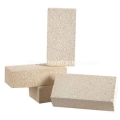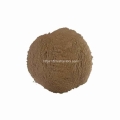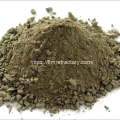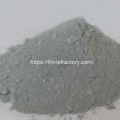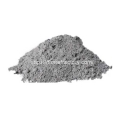- Performance. Innovation. Worldwide. Your trustworthy Refractories Manufacturing Partner--Fireramo
- +86 175 3769 7777
Contact
Contact us on WhatsApp
High Quality Refractory Bricks
Insulation Bricks for Sale
Monolithic Refractory
7 Mistakes to Avoid in Refractory Lining Construction
Proper installation of refractory linings is important to the industrial furnaces. Properly installed linings can ensure optimal insulation, chemical resistance, and mechanical integrity. However, there are some common mistakes that can compromise the effectiveness of refractory linings and lead to premature failure. Below are 7 common mistakes during the refractory construction.

Insufficient surface preparation
One of the most important steps in refractory lining installation is proper surface preparation. Failure to thoroughly clean and prepare the substrate can result in poor adhesion and poor lining performance.Before applying refractory material, make sure the substrate is free of dust, debris and residue. Use appropriate cleaning methods to obtain a clean, roughened surface for better adhesion.
Improper refractory mixing
Improper mixing of refractory materials for refractory linings can cause changes in material properties and affect performance. For the specific refractory used, follow the manufacturer’s instructions for mix ratios, water content, and mixing times. Use recommended equipment, such as a paddle mixer or mortar mixer, to achieve an even and consistent mix.
Insufficient curing and drying
Insufficient curing and drying of refractory linings can compromise their strength and integrity. Follow the manufacturer’s recommended curing and drying procedures. Maintain proper temperature and humidity conditions during curing to ensure proper hydration and strength development.
Insufficient thickness
The insufficient thickness of the refractory lining will reduce their ability to withstand thermal cycles and mechanical stresses. Thin linings may not provide adequate insulation or protection, while a lining that is too thick may result in inefficient heat transfer and increased material costs.
Inadequate anchorage
Proper anchoring of refractory linings is essential to their stability and resistance to mechanical stress.A improper anchoring system can lead to movement, cracking, and failure of the lining. Follow design codes and guidelines for anchor spacing, type and installation. Make sure the anchors are firmly anchored to the substrate and lining to provide necessary support and stability.
Insufficient thermal expansion joints
Thermal expansion and contraction are inevitable in high temperature environments. If thermal expansion joints are not incorporated into the refractory lining, movement will be restricted and may lead to cracking and spalling. Consult a refractory expert or engineer to determine the placement and design of expansion joints appropriate for your specific application.
Insufficient quality control and inspection
Strict quality control and regular inspections during the construction process are important for early detection and correction of problems. Failure to implement quality control measures can lead to undetected defects, poor installation, and poor lining performance.Regular inspections should be performed at all stages of installation to ensure compliance with design specifications and to resolve problems as they arise.
Avoiding common mistakes during the installation of refractory linings is important to achieving optimal performance and longevity of high-temperature equipment. Except for pay more attention to the above factors,it is also essential to consult a professional manufacturer or expert who can give more professional advice on the installation.Fireramo is a very experienced manufacturer that has been engaged in refractory industry for about 30years.Any questions for refractory materials, please feel free to contact us at any time.
Read more about refractory linings:
How to repair a refractory furnace lining?
Refractory materials for furnace linings
How To Extend The Service Life Of Ferroalloy Furnace Lining?
Refractory Materials Selection For Torpedo Tank Lining
Lightweight Firebricks For Electric Furnace Lining
Refractory Bricks For Cement Rotary Kiln Lining
Heating Furnace Refractory Lining The Most Complete Introduction
Specializing in refractory materials for over 20 years, we provide professional refractory solutions for the global high temperature industry.
Related Posts:
- Causes and solutions to cracking of castables after baking
- Enhancing the Medium Temperature Strength of Refractory Castables
- Ways to ensure the accuracy of refractory brick acceptance results
- Acceptance inspection after cement kiln construction
- Three Common Ways of Damage to the Sliding Nozzle for Ladles
Theme By Fireramo
